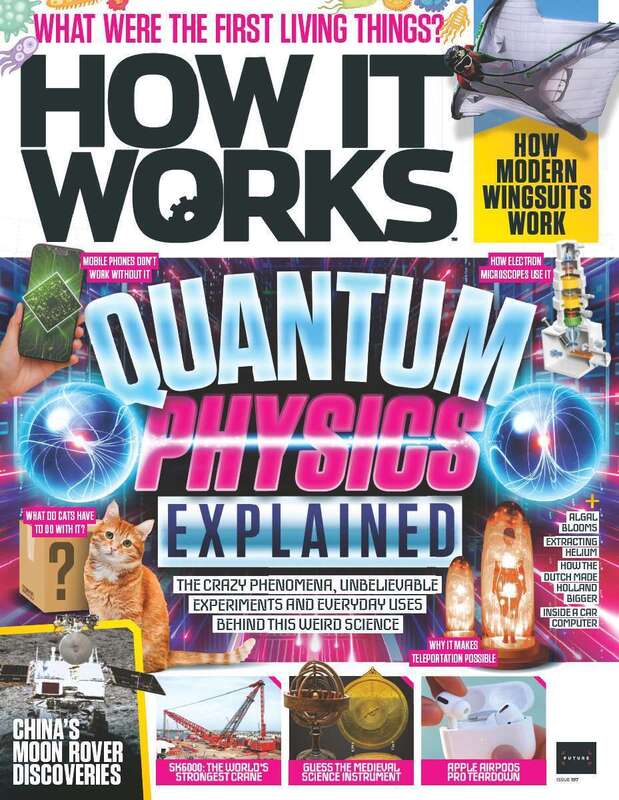If there’s iron in our blood, why don’t we attract magnets?
Iron and other ferromagnetic materials (that is, ones that are naturally drawn to a magnet) are themselves made up of lots of tiny magnets. Put a chunk of iron next to a permanent magnet and these tiny magnets all line up in parallel. This allows the iron to produce its own magnetic field and attract the permanent magnet. For this to happen, a substantial number of iron atoms need to be in close enough contact to interact with one another.
own magnetic field and attract the permanent magnet. For this to happen, a substantial number of iron atoms need to be in close enough contact to interact with one another.
Most of the four grams (0.14 ounces) or so of iron that can be found inside the average human body is bound up inside haemoglobin – the red-coloured protein in our blood which is responsible for carrying oxygen. Fortunately, as a result, the iron atoms are not concentrated enough to join forces to generate their own magnetic field and attract nearby magnets.
Answered by Alexandra Cheung.





